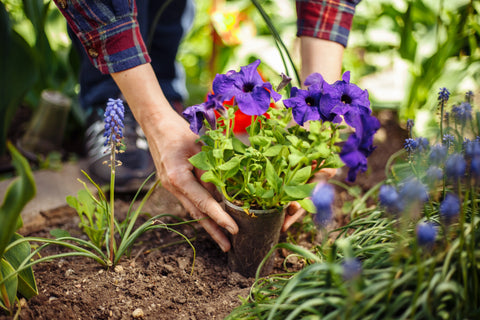1. They’re Stylishly Versatile
Trailing houseplants can beautify any corner of your home. Whether spilling gracefully from a bookshelf, softening the edges of a mantle, or brightening up your bathroom, their outpouring foliage adds instant character. Do you prefer a different vibe? Hang them in pots to make use of vertical space or turn ordinary pots into hanging displays with accessories like a macramé hanger. From cozy living rooms to minimalist kitchens, these plants can beautify your decor.
2. They’re Beginner-Friendly
If you’re getting into gardening, trailing houseplants like pothos, philodendrons, and tradescantia are perfect for you. They can practice their basics without the stress of keeping a fussy plant alive.
Make sure they get bright, indirect light, and water them when the top half of the soil feels dry. With these easy steps, you’re set for success!
3. They Grow Quickly
Who doesn’t love a plant that makes rapid progress? Trailing houseplants are known for their quick growth, rewarding your care efforts with fresh, vibrant leaves. Unlike larger plants that take time to mature, these vining varieties can grow faster. Add a trellis, moss pole, or hanging hooks for creative styling as they grow—and don’t forget regular fertilizing for an extra boost.
4. They Make a Big Impact
Think trailing houseplants are only for small spaces? Think again! With enough time and care, varieties like English Ivy or heartleaf philodendrons can grow long and lush, creating dramatic displays. Train them to climb with a trellis or guide their vines along walls with removable hooks for a vertical garden look. Their unique silhouette and spilling form make them just as striking as their larger, upright counterparts.




